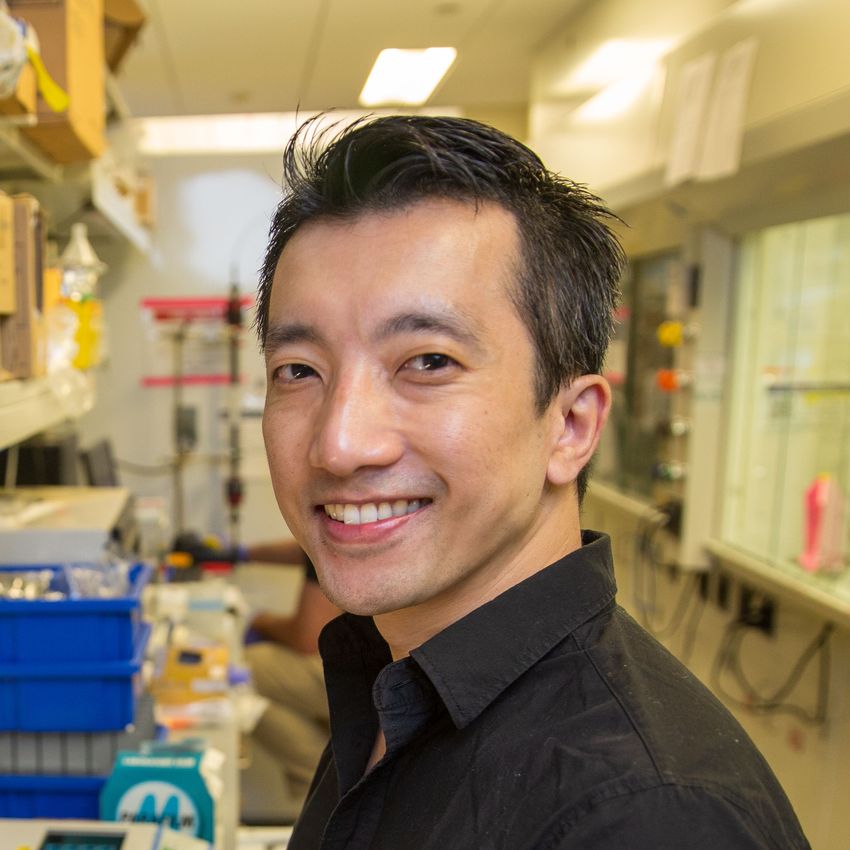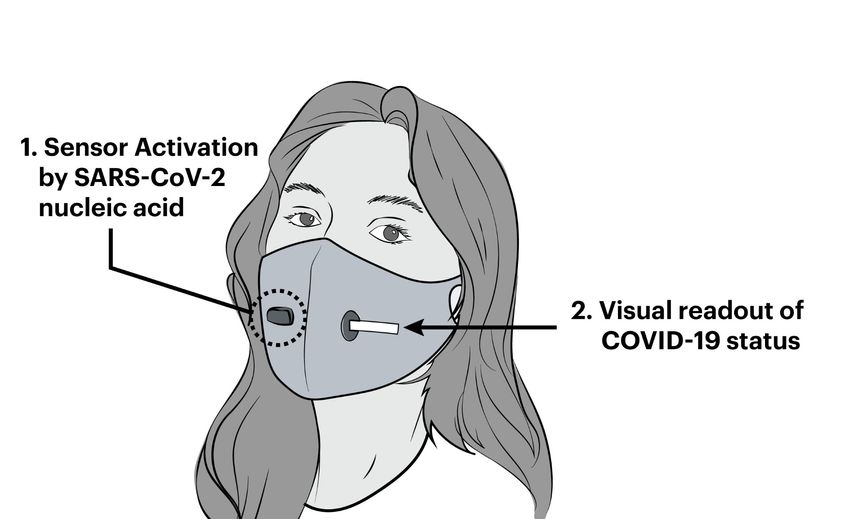W hen Peter Nguyen was a graduate student at Rice College, he initially ran into artificial biology while mentoring undergrads for the International Genetically Engineered Makers (iGEM) competition. He recognized he had located his topic right after that, and he has actually never ever looked back considering that. Currently, he works in James Collins’ research laboratory at the Wyss Institute at Harvard College– among his notable jobs is establishing wise materials that incorporate cell-free picking up systems with computational readout innovations.
Cell-free Solutions Run Biological Reactions

Peter Nyugen, an artificial biologist at Wyss Institute, works on freeze-dried, cell-free modern technologies for various applications.
Wyss Institute, Harvard University
A lot of artificial biology tasks include genetically controling living cells, however this standard strategy has a great deal of disadvantages. Scientists need to modify and take care of living cells, which cause process bottlenecks and require boosted safety methods. The Collins laboratory works with cell-free synthetic biology systems instead. “You can take a cell, you can open it up, to make sure that you have all the insides of the cells,” described Nguyen. “It’s not able to replicate anymore because there’s no cell left, however you have the innards of the cells– they’re still able to in fact do artificial biology for some time. So, it can duplicate DNA, it can produce healthy proteins, however it’s kind of a one-shot offer.”
Taking this concept one action further, the group freeze dried this cell-free mix right into a powder. “A year later on, you can come back to that powder, add water and your DNA, and all the elements because cell-free response are still energetic … and they’ll run that genetic program that you put in, which was very surprising to us,” said Nguyen.
A New Period of Wearable Biosensors
With this freeze-dried system, Nguyen and his team were looking into several applications, a key one being diagnostics on a notepad. “You can add a decrease of blood onto that paper [containing the cell-free powder]; that water in your sample would turn on the reaction, and then it would certainly evaluate what remains in the blood to see, fine, you have malaria, and it’ll illuminate a various shade. And all of this is freeze dried out on a paper that’s like the size of a stamp.” The Collins team first demonstrated Ebola infection detection on such sensing units about a decade earlier. 1
Next off, Collins and Nguyen wished to take diagnostics to the source by incorporating their modern technology right into wearables. “Fundamentally, our garments is almost like among one of the most ancient technologies we have to sanctuary us from the setting,” said Nguyen. “It’s almost like a 2nd skin that you produced utilizing modern technology … yet we’ve shed the sensing capacity that you typically have when you have human skin.”
The skin reacts to stimuli, functioning as a sign of any type of problems. Nguyen wondered if they might create garments that is receptive and linked to an analysis network. He recognized they needed to integrate organic calculation right into wearable fabrics.
After screening numerous fabrics, the team placed their freeze-dried, cell-free systems right into a suitable material that really did not interfere with the cell-free responses. Although the system worked great as a proof-of-principle diagnostic, there were technological obstacles, such as heat-driven evaporation, to be gotten rid of. After more than a year of maximizing it, Nguyen finally had a system that functioned accurately.
A Sensor-Integrated Mask That Spots SARS-CoV- 2

A model face mask integrates freeze-dried cell-free synthetic biology reactions for COVID- 19 discovery from breath aerosols.
Wyss Institute, Harvard College.
During the COVID- 19 pandemic, while work on other experiments stalled, the team saw a chance to resolve a real-world trouble right away. They were currently working with wearables, so they decided to adapt their tech to discover the SARS-CoV- 2 infection. Back then, doctors were triaging clients, and they didn’t even understand if individuals had actually COVID- 19, so they could not confess them right into the specific ward. As qPCR results took up to a week, there was no simple workaround to this problem. Nguyen and his group made a decision to create a face mask for rapid COVID- 19 medical diagnoses
[The patients are] in the waiting area, or they’re waiting to get confessed in– they’re using a mask anyway. And the mask on the inside is being covered with viral fragments, right? Exists a way to use that example? This way, you do not have to actually wait for an evaluation. You do the evaluation while you’re infusing the mask,” he said.
The team successfully built a facemask detector, which was modular and reasonably easy to use. 2
“It can identify whether or not you had actually COVID- 19 in addition to the WHO-approved qPCR method that requires a research laboratory. And all you have to do is wear it and breathe in it for an hour,” stated Nguyen.
Smart Fabrics: Wearable Synthetic Biosensors Satisfy Electronic Devices
As soon as the group had a synthetic biology circuit that collaborated with fabrics, they could technically build wearable biosensors to detect any kind of virus. But Nguyen knew they required to develop this further. For instance, if one gets struck by a splash of blood with Ebola, the sensing unit will certainly alter color from orange to purple and find Ebola DNA in it. But the practical concern remains that the customer may not notice a color change in one area on their body right now.
For efficient real-time discovery, Nguyen wished to integrate this system right into a computational network. “We ended up incorporating fiber optics into a fabric. So currently this fabric– it’s a woven material– has actually fiber optics woven into it. And it has freeze dried out artificial biology reactions included in it. And so currently, when it alters color, we included a fluorescent reporter instead,” said Nguyen. “The fiber optics can really find that light change, and now you have essentially a textile that’s constantly probing to see if there’s any light modification in these response reactors. And when it in fact finds a light adjustment, it will certainly send a signal to your mobile phone, and you obtain a cell-phone message saying that we found HIV DNA that has actually turned on a sensing unit on your right arm, as an example. And so, at that point, we had our system eliminated– it was functioning beautifully.” The team tested various sensing units to spot Ebola, HIV, and chemical war agents with this system.
Nguyen recognized that one drawback of this modern technology is that it is a one-and-done system. “It’s exactly like ramen: You open the package, you have whatever freeze dried, [and] you put it in. When you make ramen, you can’t put it back in the package, and so, it’s sort of the exact same concern with our system.” While synthetic biologists have yet to determine a means to work with recyclable sensing units, an additional wish list product for Nguyen is to develop a multiplexed version of the sensing units where a single textile might alert the customer of numerous threats in actual time.
While Nguyen and his team deal with sophisticated prototypes, the present variation of their wearable system, together with a walkthrough of exactly how they designed it, is on display screen at the MIT Gallery in Boston.